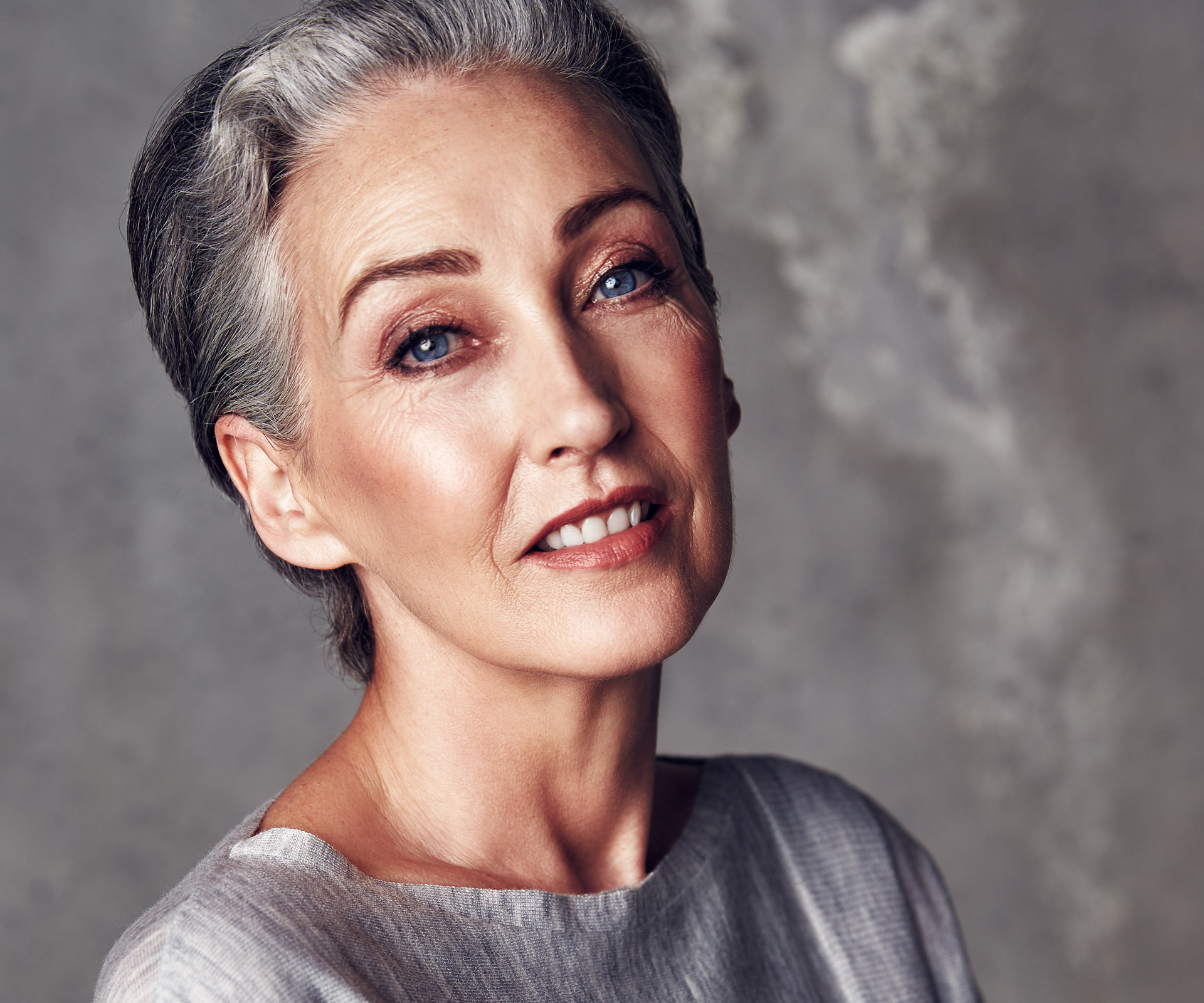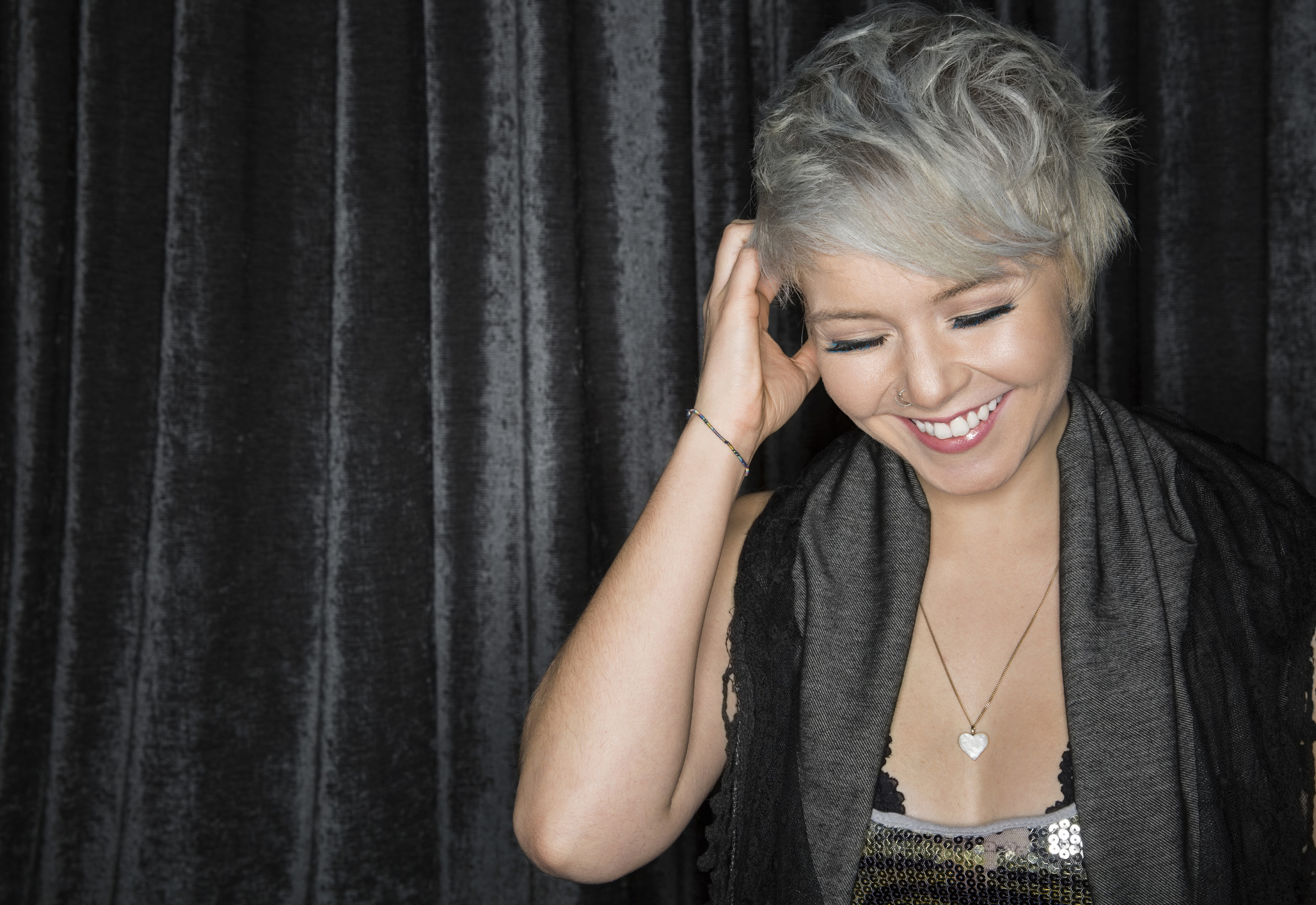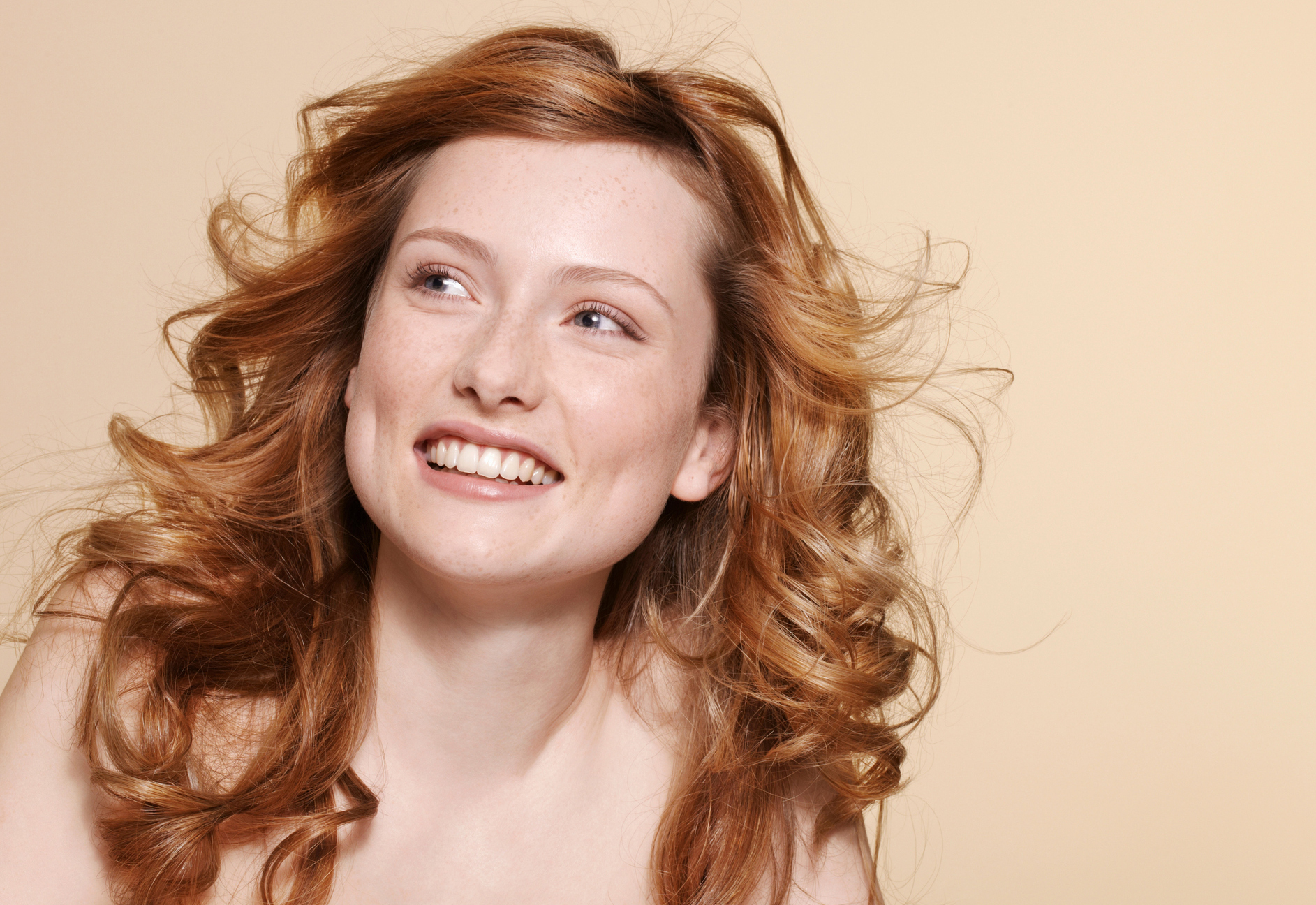Like skin, hair texture changes as we age. Going grey used to be something we dreaded. Noticing those first few silver strands in our 30s was just like spotting our first ‘laugh’ lines and we would do what we could to disguise them – we’d pull them out (hoping the myth that more would grow in their place wasn’t true) or we’d rush out to buy a home colour kit to cover them (often with disastrous results).
But transitioning to grey isn’t as daunting as you think and many women (even 30-somethings) are now embracing it and seeing the silver lining.
Why do we go grey?
“Grey hair is a natural and inevitable part of ageing,” says Tanya Patene, national ambassador for Schwarzkopf Professional. “It occurs when melanocytes (which are the cells that give our skin and hair its colour), stop producing pigment.”
The transition won’t happen overnight and it is different for everyone – the time span from the moment you notice a few silver hairs to becoming completely grey can cover 30-50 years, with many starting in their late 20s or early 30s.
Going grey depends on a lot of factors, with hair type, genetics and ethnicity playing major parts.
“Typically, Polynesian and coarser European hair is among the first to go grey, while natural blondes, redheads and finer hair types can appear much later,” says Hayley Pullyn, Matrix creative director for New Zealand.
Stress can also play a part, as Tanya explains. It doesn’t inherently ‘cause’ grey hair but can shorten the follicles’ hair cycle, speeding up the natural process and consequently bringing about the onset of grey hair, as can health conditions such as diabetes and vitamin deficiencies.
How do we transition?
So what are the first signs? And what can you do about going grey gracefully? Again, it is different for everyone, but generally women first notice greys around the temple and/or fringe hairline. Deciding whether to embrace the new hue can be as easy as looking at your hair type.
“Blonde hair is a little easier to transition to grey, since grey hairs can blend into the lighter colour more naturally,” says Tanya, “while darker hair tends to get a more salt-and-pepper look.”
If you want to transition slowly, try high or lowlights or semi-permanent colour that contains no or very low levels of ammonia or peroxide and fades after a few washes.
“Highlights and lowlights can subtly introduce grey into the hair to create a soft, beautiful blended look that is relatively low maintenance,” advises Tanya. Eventually the colour will fade, allowing you to introduce your natural grey shade over time.
Caring for grey
Protection is vital for maintaining your silver strands. As we age, our oil glands produce less sebum and, with the loss of pigment, hair becomes more susceptible to sun damage. Grey hair can become dehydrated, coarse and discoloured.
“Yellow streaks are very common amongst grey haired women and it generally happens because of the exposure to sun and water (a process called oxidation). The best solution is to introduce a silver or ‘purple shampoo’ (which should counteract the yellow), swapping it with your regular shampoo every two to four hair washes,” says Hayley.
Work on strengthening and nourishing your greys with a weekly mask and to keep unruly, wiry styles at bay, have regular trims.
Check out the gallery for our top product picks for getting and maintaining a perfect shiny grey look.
Words: Claudia Renford



